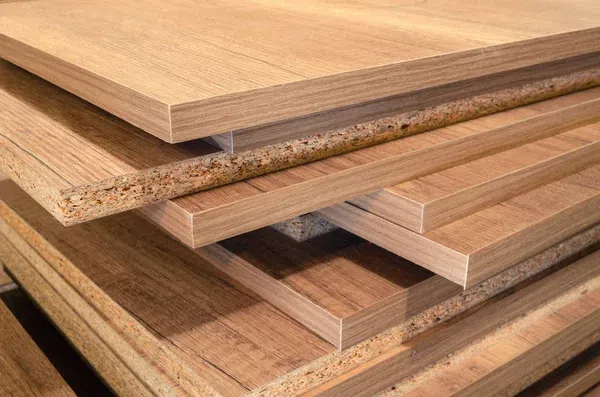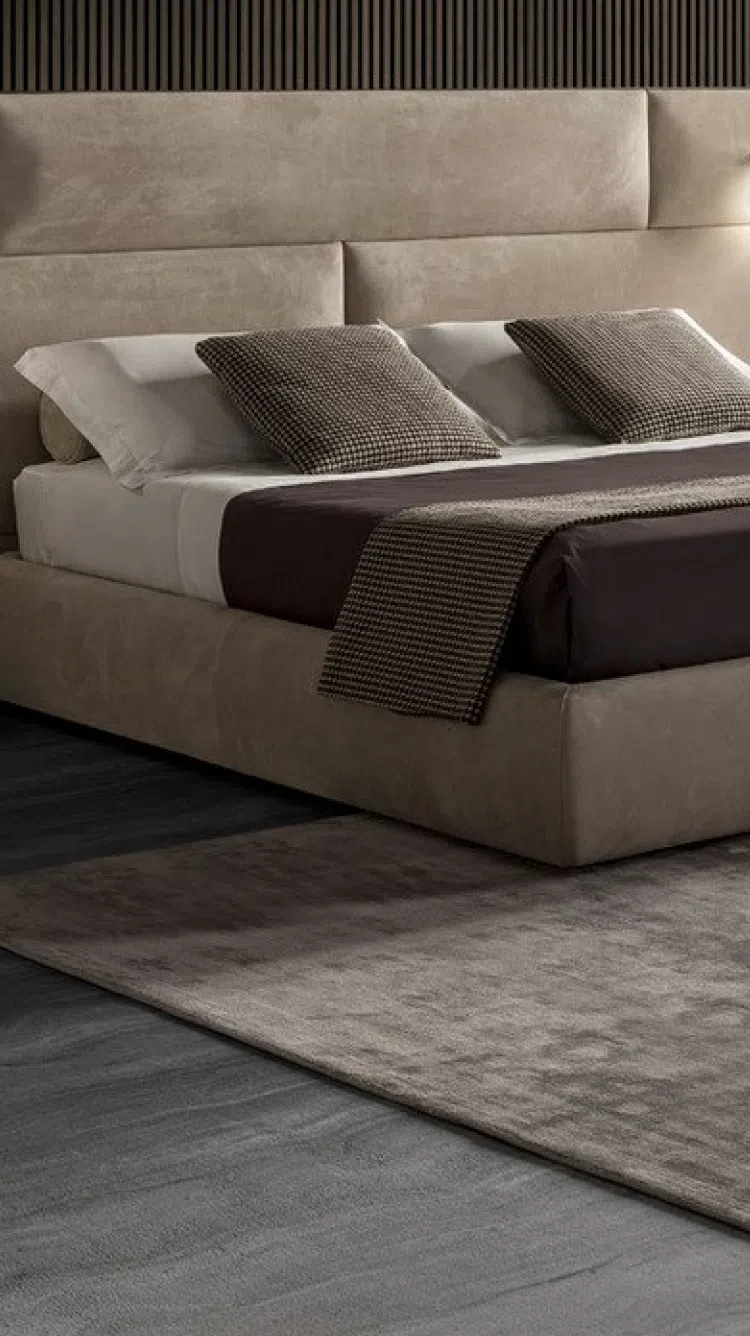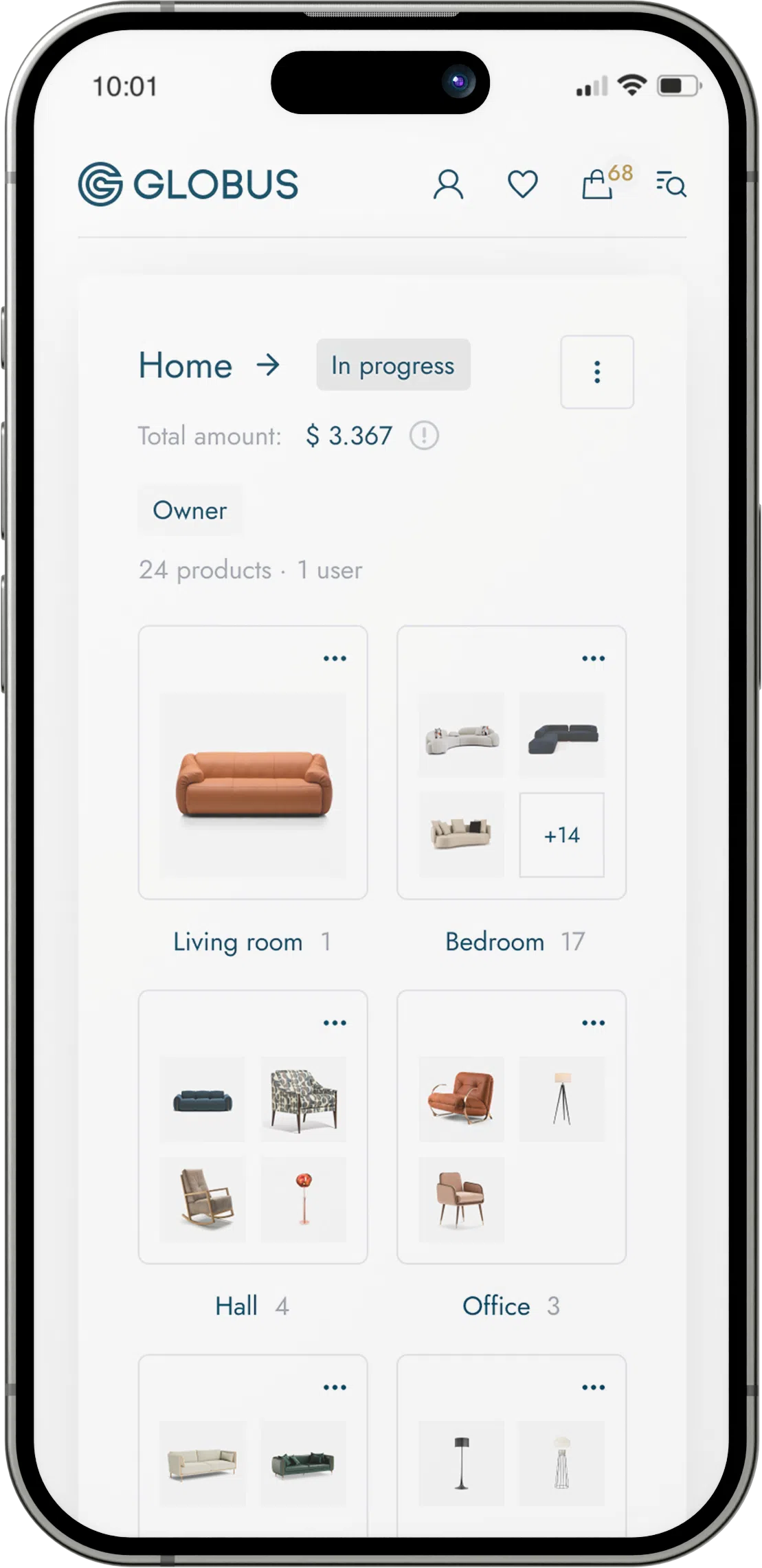
High-Density Fiberboard (HDF) is an engineered wood product that's similar to Medium Density Fiberboard (MDF), but is denser and much harder. It is made by breaking down hardwood or softwood residuals into wood fibers, often in a defibrator, combining it with wax and a resin binder, and forming panels by applying high temperature and pressure.
Characteristics of HDF:
- Density: As the name suggests, HDF has a high density, typically 800 kg/m³ or more, which is achieved by the addition of more wood fibers per unit volume during manufacturing.
- Strength and Durability: Its high density gives it strength and makes it more durable than its MDF counterpart. It provides a better holding strength for screws and fasteners and is less likely to sag than other composites.
- Surface Smoothness: HDF has a smooth surface that is excellent for painting and applying veneers or laminates. This makes it a popular choice for furniture, cabinetry, and flooring underlayments.
- Moisture Resistance: Despite being denser, HDF is not inherently resistant to moisture. However, moisture-resistant and waterproof HDF variants are available for uses where exposure to water is a concern.
- Machinability: HDF can be easily cut, drilled, and machined without splintering, although its hard nature can result in quicker wear on cutting tools.
- Environmental Impact: Because HDF is manufactured from wood fibers, it consists of either post-industrial recycled materials or forest thinning, considered environmentally friendlier than solid wood extraction. However, the resins used can sometimes contain formaldehyde or other VOCs (Volatile Organic Compounds), raising environmental and health concerns.
- Cost: HDF is generally less expensive than solid wood, making it a cost-effective option for many applications that do not require the unique properties of solid wood.
Applications:
- Flooring: HDF is often used as the core material for laminate flooring due to its toughness and uniformity.
- Furniture: The material's stable and uniform surface makes it ideal for intricate and detailed designs in furniture pieces.
- Cabinetry: Thanks to its smooth surface, HDF is used in cabinet doors and panels that require a seamless and paintable finish.
- Doors: HDF is suitable for the production of interior doors and door skins.
- Decorative Projects: The material can be used for wainscoting, wall paneling, and other decorative features where a smooth surface is desired.
Handling and Working with HDF:
- Cutting: High-speed steel or carbide-tipped blades are recommended for cutting HDF to reduce wear and achieve a clean edge.
- Finishing: Due to its smooth surface, HDF takes paint very well. It is advisable to prime the surface before painting or apply a suitable laminate or veneer for the desired finish.
- Fastening: Although it has good holding strength, when using screws close to the edge, pre-drilling is recommended to prevent splitting.
HDF is used widely in various industries due to its versatility, durability, and cost-effectiveness, but it's always important to consider the specific requirements of each project to determine if HDF is the most suitable material.


